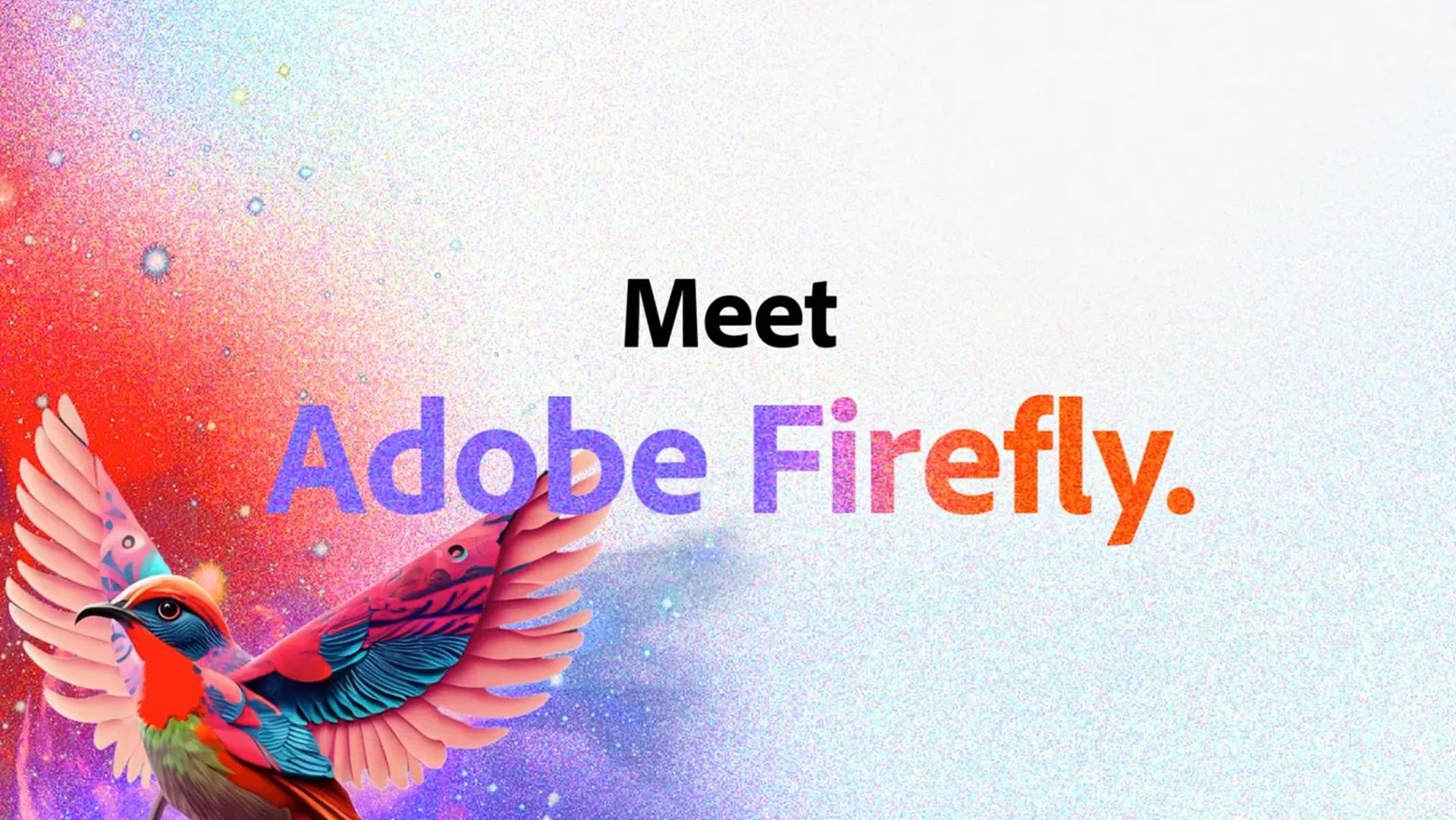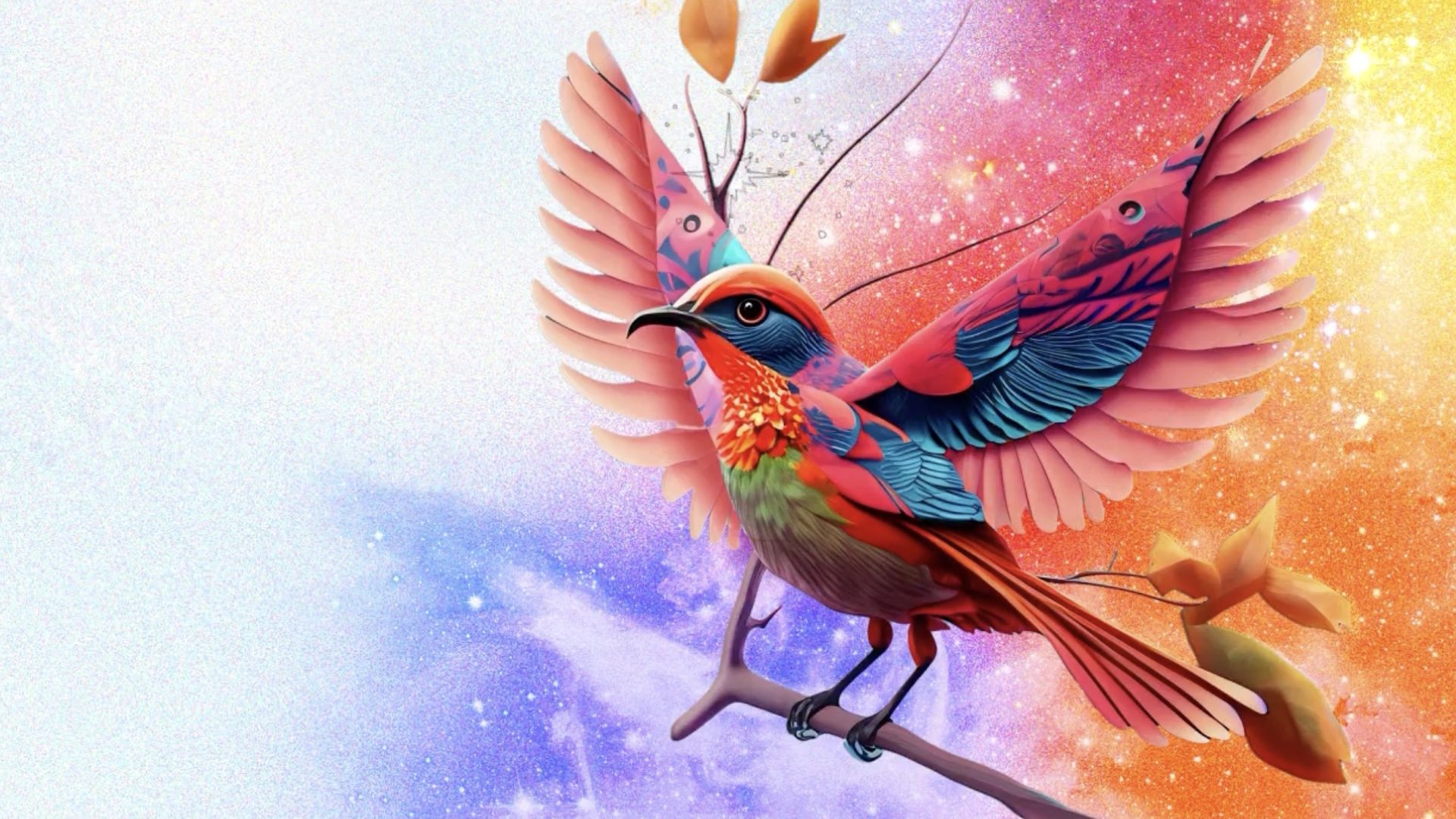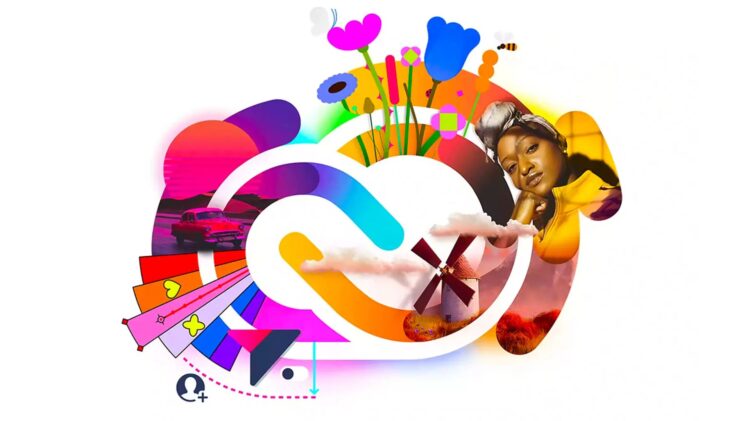Are you ready to experience the creative power of Adobe Photoshop AI with the groundbreaking feature of Generative Fill, revolutionizing image editing and manipulation.
While Adobe may have entered the generative AI field a bit later than others, it has been making significant strides in recent weeks. Following the successful launch of its adaptable Adobe Firefly generative AI tools in beta and their integration with Google Bard, the company has now incorporated this technology into its renowned image editing software, Photoshop.
This new addition brings exciting possibilities for users of Photoshop, which continues to be the preferred choice in the industry. With the power of Adobe Photoshop AI, individuals can effortlessly enhance, manipulate, or eliminate elements within their images by simply providing text prompts. This development opens up a world of creative potential, and for those interested in AI art or seeking to enhance their Photoshop skills.
Adobe Photoshop AI is made available to all subscribers
Starting today, all subscribers of Adobe Photoshop can access the generative AI technology of Adobe Firefly through the beta version. The standout feature of this update is the introduction of Generative Fill. With Generative Fill, users can easily select a specific portion of an image using tools like the lasso or other selection tools, and then fill it with new imagery generated based on a provided text prompt. The generated content seamlessly matches the perspective, lighting, and style of the original image, incorporating details such as shadows or reflections where appropriate.
One notable advantage of this feature is that the newly generated content is added in non-destructive layers. This means that any edits made can be reversed without affecting the original image. Understanding the importance of layers and their order can be valuable, as showcased in tutorials like the costume makeover tutorial mentioned.
In addition to Generative Fill, the Adobe Photoshop beta version also introduces approximately 30 new adjustment Presets. These Presets serve as filters that users can apply to their images, allowing them to achieve specific looks and atmospheres with ease. These additions further enhance the creative possibilities and flexibility available to Photoshop users.
Another notable addition to the latest version of Adobe Photoshop is the Remove Tool. Powered by Adobe Sensei AI, this brush tool allows users to swiftly eliminate unwanted objects from their images. By leveraging AI technology, the Remove Tool significantly reduces the need for manual labor, potentially saving users hours of tedious work.
To further enhance user experience, the new Contextual Task Bar has been introduced. This feature aims to make commonly used functions more accessible by providing recommendations for relevant next steps in various workflows. By intelligently suggesting actions, the Contextual Task Bar streamlines the editing process and improves efficiency.
Additionally, the Enhanced Gradients feature introduces new on-canvas controls, enabling users to have more direct and intuitive control over gradients applied to their artwork. This enhancement enhances the overall editing experience and offers greater creative flexibility.

Rufus Deuchler, who holds the position of Director of Worldwide Creative Cloud Evangelism at Adobe, shared his insights with Creative Bloq:
“Adobe has a long and established history of AI innovation and the exciting new integration of Firefly into Photoshop (beta) will enable creatives to transform the way they work. Adobe Firefly is the only AI service currently that produces high quality professional content that is also commercially viable and can be embedded in creative workflows. With Firefly now supporting Generative Fill, Photoshop users will be able to easily extend images and add or remove objects using text prompts, providing a level of control that was unthinkable until today. Generative fill in the Photoshop beta is truly a game-changer,” Rufus Deuchler, Director of Worldwide Creative Cloud Evangelism at Adobe, told Creative Bloq.
Generative Fill, a feature in Adobe Photoshop AI, has the potential to greatly simplify and expedite the process of photo-bashing and collaging. By intelligently analyzing the context of an image, Generative Fill automatically matches and incorporates elements, such as shadows and reflections, thus eliminating much of the laborious and time-consuming manual work. Consequently, users will no longer need to spend excessive amounts of time searching through extensive stock photo libraries to find suitable images for their compositions.
One of the most significant advantages of Generative Fill is its ability to facilitate quick and effortless experimentation. Users can now instantaneously test unconventional and imaginative ideas by simply typing them out. This newfound speed and ease of experimentation encourage users to explore and embrace wild and unconventional concepts, fostering greater creativity.
Adobe reports that the beta launch of Firefly, the technology behind Generative Fill, has been one of their most successful to date. Importantly, Firefly has been designed with commercial applications in mind. Its training data primarily consists of Adobe Stock images, ensuring a focused and reliable source. Additionally, Generative Fill supports Adobe’s new Content Credentials ‘nutrition labels,’ which are tags specifically created to provide clarity and indicate when an image has been generated or edited using AI.
What is Adobe Firefly AI?
On March 22, Adobe unveiled Firefly AI as the pioneer in a novel series of generative artificial intelligence models. It was specifically crafted to create images and text effects, and this groundbreaking AI model was launched in beta on that day, generating immense excitement among tech enthusiasts worldwide.
According to Adobe, Firefly AI was comprised of several models, each tailored to cater to a diverse range of customers with varying skillsets and technical backgrounds. This versatility ensured that the AI could be applied to a variety of use cases, making it an immensely valuable tool for professionals across numerous fields. You can find out more about Adobe Firefly AI by visiting our article.

How to use Generative Fill on Photoshop?
According to Adobe, Firefly Generative Fill will become a standard feature in Photoshop later this year. However, currently, users can access this feature by utilizing Photoshop’s beta version. The process of accessing the beta features is straightforward. Firstly, you must have an active subscription to Photoshop, which can be obtained either as an individual app or as part of Adobe’s photography package with Lightroom, or as part of a Creative Cloud All Apps subscription. Once you have a subscription, follow these steps:
- Open the Creative Cloud desktop app.
- In the left column, click on ‘Beta apps.’
- Look for the Photoshop (Beta) app and click the ‘Install’ button.
- After the installation, you will find Photoshop beta listed under ‘Installed beta apps.’
- Click the ‘Open’ button to launch Photoshop beta.
- To verify that you are running the beta version, go to Help > About Photoshop in the menu bar on Windows. On a Mac, you will see Photoshop (Beta) in the Menu Bar, which replaces the usual ‘Photoshop’ label.
By following these steps, users can access the beta version of Photoshop and take advantage of features such as Firefly Generative Fill until it becomes a standard part of the software later in the year.





